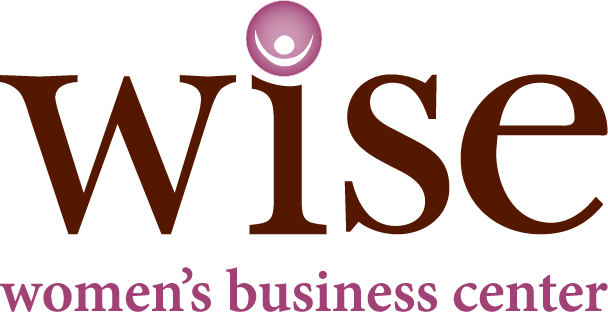Are you self-employed? Did you apply for a PPP loan? Form 3508EZ is likely the form you’ll use to apply for PPP forgiveness. Here’s a summary of what you need to know to prepare your application.
If you’re self-employed, you can save time applying for PPP forgiveness with the new EZ Form. Here’s how to fill out the simplified SBA Form 3508EZ. This guide from Bench Accounting has been updated to reflect the newest version of the form, released June 16, 2020. Be sure to consult your CPA or tax advisor to fill out this application.
Download the Form 3508EZ Instructions
Download the Form 3508EZ Application
Are you eligible to fill out Form 3508EZ?
You can use the simplified form if you meet three types of cases. Identify the one that applies to you. You may meet more than one type of case:
1. You are a self-employed individual, independent contractor, or sole proprietor with no employees at the time of the PPP loan application and did not include any employee payroll expense in the average monthly payroll expense calculation on that application. If this applies to you, here are your next steps.
2. You certify that you did not reduce annual salary or wages by more than 25% during the chosen 8 or 24 week period compared to Q1 2020 AND the number of employees or average paid hours of employees was restored to their averages by the end of the chosen period. You can ignore reductions that were due to an inability to rehire individuals, hire a similarly qualified employee, or restore hours in the case of an employee’s refusal. This is essentially you certifying that you did not breach the terms of headcount reduction. If this applies to you, here are your next steps.
3. You certify that you did not reduce annual salary or wages by more than 25% during the chosen 8 or 24 week period compared to Q1 2020 AND you were unable to operate at the same level of business activity due to compliance with requirements related to any work or customer safety requirement related to COVID-19. If this applies to you, here are your next steps.
Note: If you certify any of the above falsely to receive forgiveness and your application is audited, you could be punished with imprisonment and a fine. So be honest, okay? Be sure to consult your CPA or tax advisor to fill out the application.
Required Application Information
Before you start your application, be sure to have important information and documents ready. This should be the same information you provided on your original PPP application unless it’s changed.
- Business Legal Name/DBA, if applicable
- Business Address/Business TIN (EIN, SSN)/Business
- Phone/Primary Contact/E-mail Address
- SBA PPP Loan Number
- Lender PPP Loan Number
- PPP Loan Amount
- PPP Loan Disbursement Date
- Employees at Time of Loan Application/Employees at Time of
- Forgiveness Application: The actual amount of employees, not Full-Time Equivalents (FTE). For example, one full-time and one part-time employee would count as two total employees. If you have no employees on payroll, you can put 0 here.
- EIDL Advance Amount: If you received an EIDL advance, enter this amount. It will range from $1,000 to $10,000 in increments of $1,000.
- EIDL Application Number: Should be in correspondence from the SBA confirming they received your application. Include this regardless of whether you were approved or not.
- Payroll Schedule: Select the frequency of payroll being run in the 8 to 24 week period.
- Covered Period: The 24 week period starting from your disbursement date (but not past December 31, 2020)
- Alternative Payroll Covered Period: Only applicable if you run payroll weekly or biweekly. You can start your covered period on the day of your first pay period. This will be the covered period for all parts of the application that call for it.
Required Application Documents
You’ll need to prove your PPP expenses. Here are the documents you’ll need for your forgiveness application.
Payroll expenses:
- Bank account statements or a report from your payroll provider documenting payments to employees
--Tax forms (or equivalent payroll provider reports) including:
--Payroll tax filings reported (typically Form 941)
- State quarterly business and individual employee wage reporting and unemployment insurance tax filings
- Payment receipts, cancelled checks, or bank account statements showing employer contributions to group employee benefits plans
- If you kept headcount and salaries the same, you will still be required to report the average number of full-time equivalent employees on payroll on January 1, 2020 and at the end of the covered period. This can be done with payroll reports covering January 1 and the last payroll of your covered period.
Non-payroll expenses:
- Business mortgage interest payments: a copy of the amortization schedule with corresponding receipts OR mortgage statements from February 2020 and the months of the covered period.
- Business rent or lease payments: a copy of the current rent/lease agreement with receipts verifying payments OR lease statements from 2020 and from the covered period through one month after the end of the covered period.
More PPP Resources
PPP Loan Forgiveness: The Complete Guide
Self-Employed Guide to the PPP Forgiveness Application (SBA Form 3508EZ)
My PPP Loan is the Wrong Amount. What Can I Do?
SBA Website
